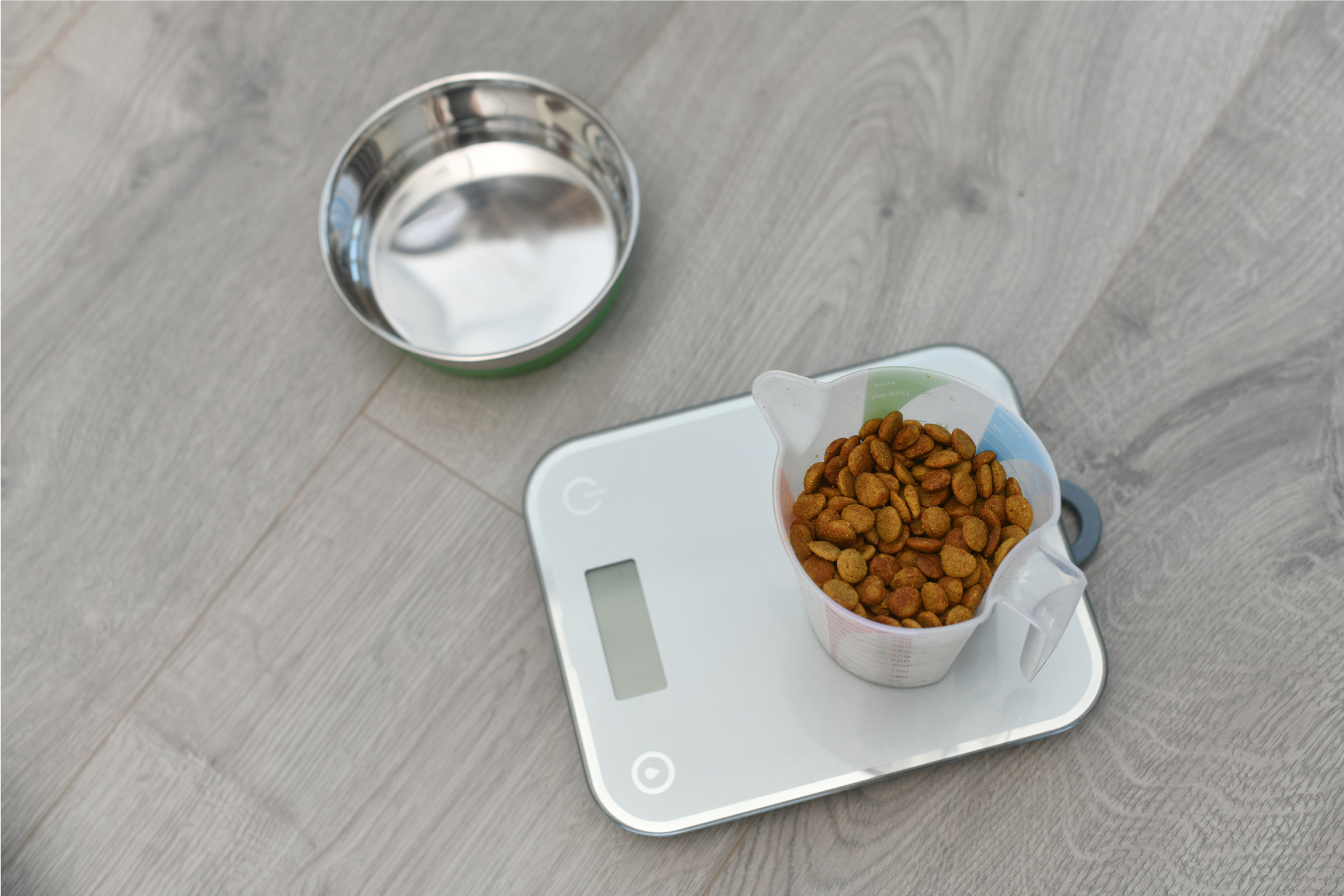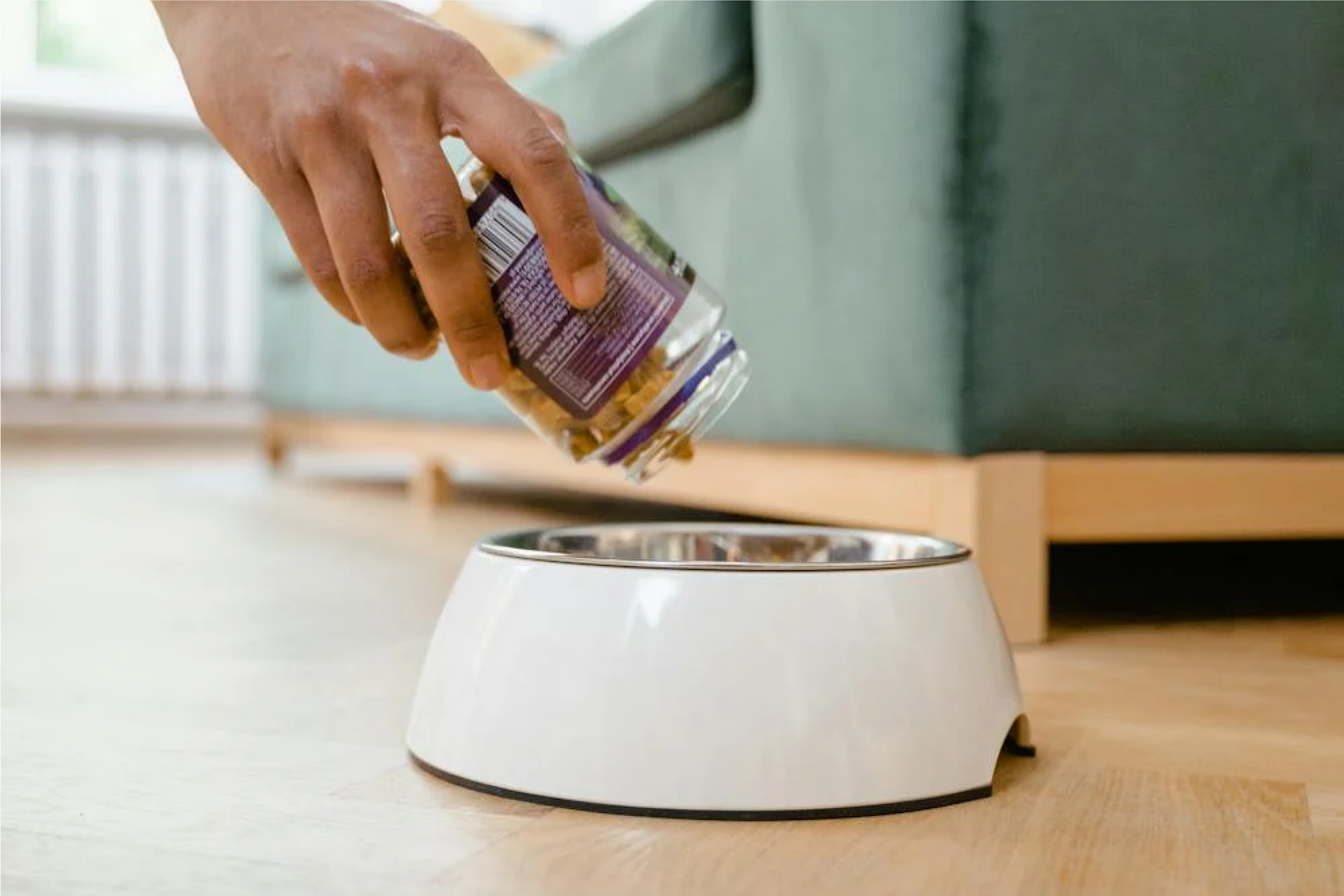
Keep Them Lapping: The Importance of Pet Hydration
We all know water is essential to human life, but the importance of hydration extends to our pets as well. Water is vital for nearly every function in their bodies, whether that’s helping with digestion, regulating body temperature, flushing out nasty toxins, or supporting joint strength. However, pet hydration is often overlooked, only because many pet owners may not realize just how major it is to their pet’s well-being.
So, let’s explore the vital role of pet hydration, as well as signs of dehydration to watch out for and practical tips for ensuring your pet is drinking enough water.
Let's get glugging!
Why Pet Hydration Is Crucial
Just like us, pets need water to stay alive and thrive. Water comprises around 60-70% of a dog or cat's body weight, so even small fluctuations in hydration can have a big impact on them. Without enough water, pets can experience dehydration, which is bad news.
Hydration plays a role in almost every one of their bodily functions:
Digestion and Nutrient Absorption: Water helps break down food and absorb nutrients, so that your pet gets the most out of their meals.
Temperature Regulation: Pets regulate their body temperature through panting and sweating, which are processes aided by adequate hydration.
Joint and Muscle Strength: Water acts as a lubricant for your pet’s joints, making movement smoother and preventing discomfort or stiffness.
Detoxification: Water helps flush waste and toxins from your pet’s body, keeping their kidneys and liver functioning properly.
Given its importance, ensuring your pet has access to fresh, clean water should be a top priority. Unfortunately, many pets, especially those who live in warmer climates or maintain active lifestyles, are more at risk of becoming dehydrated if they don't drink enough of the wet stuff.
Signs of Pet Dehydration
Dehydration can develop quickly and seemingly out of nowhere, especially for pets who are highly active, have certain conditions, or don't have easy access to water sources. Recognizing the early signs of dehydration is key to preventing more severe problems.
Here are some things to look for if you suspect your pet may be dehydrated:
1. Dry or Sticky Gums
One of the first places you can check for signs of dehydration is your pet's gums. If your pet’s gums are dry or feel tacky (as if they have a sticky residue), it could be an indication that they’re dehydrated. Hydrated gums are normally moist and pink.
2. Loss of Skin Elasticity
You can test your pet’s skin elasticity by gently pinching the skin on the back of their neck or between their shoulder blades. If the skin doesn’t return to its normal position quickly after being pinched, this may indicate dehydration.
3. Panting or Excessive Drooling
Panting is a natural way for pets to cool off, but if your pet is excessively panting or drooling for no obvious reasons (such as exercise or heat), it could be a sign of dehydration.
4. Lethargy or Weakness
Dehydration can cause a pet to feel weak, sluggish, or less energetic. If your pet is showing less interest in their usual activities or seems unusually tired, dehydration could be the culprit.
5. Changes in Urination
Pets who are dehydrated may urinate less frequently or produce tiny amounts of urine. Conversely, some pets may drink excessive amounts of water to compensate for dehydration, though this can also indicate other underlying medical conditions.
6. Sunken Eyes or Dry Nose
Dehydration can lead to sunken eyes or a dry, cracked nose. If you notice this, it’s essential to act quickly, as it could indicate severe dehydration.
If you notice any of these signs, it’s important to get your pet rehydrated as soon as possible. In severe cases of dehydration, pets may require veterinary attention to restore hydration through intravenous fluids.
How to Keep Your Pet Hydrated
Preventing dehydration is far easier than treating it, so it’s best to not get to that point. Here are several simple strategies to help ensure your pet stays hydrated:
1. Provide Fresh Water at All Times
Make sure your pet has access to fresh, clean water throughout the day. Change their water at least once a day to prevent bacteria from growing.
2. Use Multiple Water Stations
If you have a larger home or multiple floors, consider placing water bowls around different areas of the house. This encourages your pet to drink more frequently and ensures they always have access to water.
3. Consider a Pet Water Fountain
Pets sometimes prefer moving water over stagnant water in a bowl. A pet water fountain provides a continuous flow of fresh water, which can encourage your pet to drink more. Many fountains also feature filters that remove impurities, improving the water’s taste and quality.
4. Incorporate Wet Food Into Their Diet
If your pet is reluctant to drink water, try incorporating wet food into their diet. Wet food contains a higher water content and can help with hydration, particularly for cats, who are often less inclined to drink enough water.
5. Add Flavor to Water
Surprisingly some pets, especially cats, may prefer flavored water. You can add a pinch of low-sodium chicken broth or tuna juice to their water to make it more appealing to them.
6. Monitor Their Water Intake
Keep an eye on or make note of how much your pet is drinking. If you notice that they aren’t drinking enough, try a different type of water bowl, a pet fountain, or offer ice cubes as a treat. Also, take note if they are drinking excessively, which could be a sign of issues like diabetes or kidney problems.
The Role of Exercise & Weather
Certain environmental factors and physical activity levels can also impact your pet’s hydration needs. Hot weather or a sudden increase in physical activity (such as playtime, hiking, or long walks) can lead to higher water consumption.
In warmer months, it’s crucial to make sure your pet is drinking plenty of water, especially if they’re outdoors. Pets can become overheated very quickly, and dehydration can occur faster than you might realize. Always provide access to water during and after exercise, and never leave your pet in a hot car, as this can lead to rapid dehydration and heatstroke.
The Future of Pet Hydration: Pawsync’s Smart Water Fountain
Soon Pawsync’s Smart Water Fountain will provide an innovative solution for monitoring your pet’s water intake. With features like automated water flow, double-layer filtration, and integration with an app to track how much your pet is actually drinking, this smart water fountain will take the guesswork out of keeping your pet properly hydrated. Stay tuned for more updates from Pawsync as we continue to develop products that make it easier to care for your pet’s holistic wellness.
Stay Hydrated, My Furry Friends
Hydration is an important, but often overlooked, aspect of pet care. By understanding the importance of hydration, recognizing the signs of dehydration, and implementing strategies to ensure your pet is drinking enough, you can help them stay active and happy. Whether it’s through fresh water, wet food, or innovative products like Pawsync’s smart water fountain, there are plenty of ways to keep your pet hydrated and thriving.
Stay tuned for more exciting developments from Pawsync, and make 2025 the year your pet gets the hydration they deserve!
@pawsyncfamily 💧🐾 Winter Wellness Week: Day 2 – Hydration Edition! 🐶🐱 💦 Today, Holistic Veterinarian Dr. Katrina Van Zant is back to spill the secrets on keeping your fur baby properly hydrated all year long! 🩺✨ #HydratedPetsHappyPets #PetHydration #VetTips ♬ original sound - PAWSYNC
TikTok - Make Your Day


